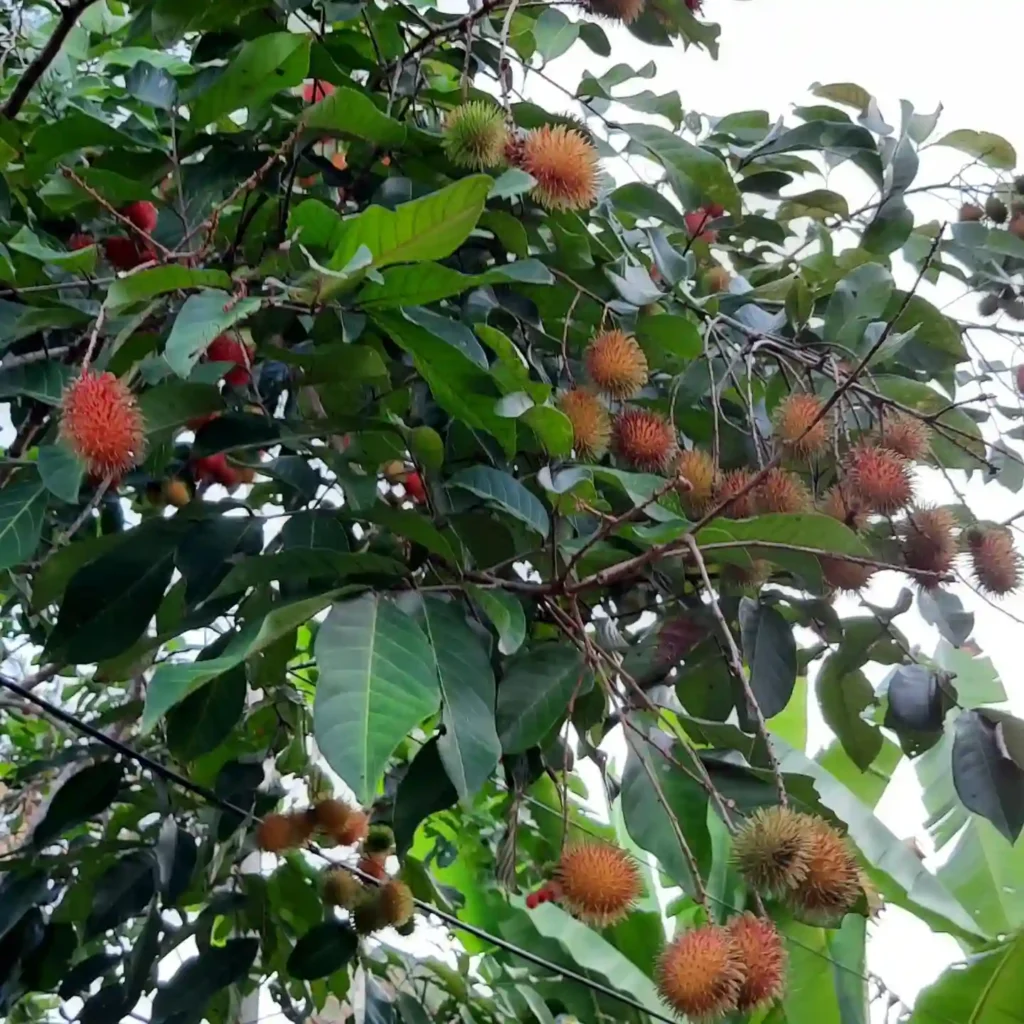
Exploring the Marvels of Polygala Myrtifolia
Hello, fellow garden enthusiasts! I’m Ferb Vu, and today I want to share my experiences and insights about a fascinating plant known as Polygala Myrtifolia. This beautiful shrub, also known as the Sweet Pea Shrub, has captivated many with its charming blooms and resilient nature. Whether you’re a seasoned gardener or a novice, understanding the ins and outs of this plant can help you make the most of its presence in your garden.
426 Species in Genus Polygala
What is Polygala Myrtifolia?
Polygala Myrtifolia is a versatile and attractive shrub native to South Africa. It belongs to the Polygalaceae family and is known for its dense, bushy form and striking purple-pink flowers that resemble those of sweet peas. The evergreen foliage adds to its appeal, making it a popular choice for ornamental gardening. Its ability to thrive in a variety of conditions, coupled with its prolonged flowering season, makes it a favorite among gardeners.
How to Care for Polygala Myrtifolia?
Caring for Polygala Myrtifolia is relatively straightforward, which is one of the reasons it is so beloved by gardeners. Here are some tips to ensure your plant thrives:
- Soil: This shrub prefers well-drained soil. While it can tolerate a range of soil types, including sandy and loamy soils, it performs best in slightly acidic to neutral pH levels.
- Watering: Polygala Myrtifolia is drought-tolerant once established. However, regular watering is essential during its initial growth period. Ensure the soil is kept moist but not waterlogged.
- Sunlight: It thrives in full sun to partial shade. Ensure it receives at least 4-6 hours of sunlight daily to encourage healthy growth and prolific blooming.
- Feeding: A balanced, slow-release fertilizer applied in the spring can support vigorous growth and flowering. Be cautious not to over-fertilize, as this can lead to excessive foliage at the expense of blooms.
How to Prune Polygala Myrtifolia?
Pruning is an essential aspect of maintaining the health and aesthetics of Polygala Myrtifolia. Here’s how you can effectively prune your shrub:
- Timing: The best time to prune is in late winter to early spring before the new growth begins. This timing ensures that the plant has enough time to recover and produce new blooms.
- Tools: Use sharp, clean pruning shears to make precise cuts and prevent the spread of disease.
- Method: Start by removing any dead, damaged, or diseased branches. Next, thin out the center to improve air circulation and sunlight penetration. Finally, shape the shrub by trimming back the outer growth to maintain its desired size and shape.
Regular pruning not only keeps Polygala Myrtifolia looking neat and attractive but also promotes healthier growth and more abundant flowering.
Is Polygala Myrtifolia Poisonous?
A common concern for gardeners with pets and children is the potential toxicity of plants. Polygala Myrtifolia is generally considered non-toxic. However, as with any plant, it’s wise to discourage pets and young children from ingesting any part of the plant. Always consult a professional if you suspect any adverse reactions.
Why is My Polygala Myrtifolia Dying?
Despite its hardiness, Polygala Myrtifolia can sometimes show signs of distress. Here are some common reasons why your plant might be struggling:
- Overwatering: One of the most frequent issues is overwatering, which can lead to root rot. Ensure the soil is well-drained and allow the topsoil to dry out between waterings.
- Pests: Aphids, scale insects, and spider mites can infest Polygala Myrtifolia. Regular inspection and appropriate treatments, such as insecticidal soap, can help keep these pests at bay.
- Nutrient Deficiency: Yellowing leaves or poor growth can indicate a lack of essential nutrients. Ensure your plant receives a balanced fertilizer.
- Environmental Stress: Extreme temperatures, whether too hot or too cold, can cause stress to the plant. Providing some shade during peak summer heat and protecting it from frost can help.
How to Propagate Polygala Myrtifolia?
Propagating Polygala Myrtifolia is a rewarding way to expand your garden. Here are the steps:
- Cuttings: Take semi-hardwood cuttings in late summer. Each cutting should be about 4-6 inches long.
- Preparation: Remove the lower leaves and dip the cut end in rooting hormone to encourage root development.
- Planting: Place the cuttings in a pot filled with a mix of peat and perlite. Keep the soil moist and cover the pot with a plastic bag to create a humid environment.
- Transplanting: Once the cuttings develop a healthy root system, they can be transplanted to their permanent location in the garden.
What to Plant with Polygala Myrtifolia?
Choosing companion plants for Polygala Myrtifolia can enhance the beauty of your garden. Consider pairing it with:
- Lavender: The contrasting flower colors create a visually appealing combination.
- Rosemary: Both plants enjoy similar growing conditions and together they can create a Mediterranean-style garden.
- Agapanthus: Their striking blue flowers complement the purple-pink blooms of Polygala Myrtifolia.
In conclusion, Polygala Myrtifolia is a versatile and resilient shrub that can bring a splash of color to any garden. With proper care, pruning, and attention to its needs, this plant can thrive and delight you with its beauty season after season. Happy gardening!
If i die, water my plants!



